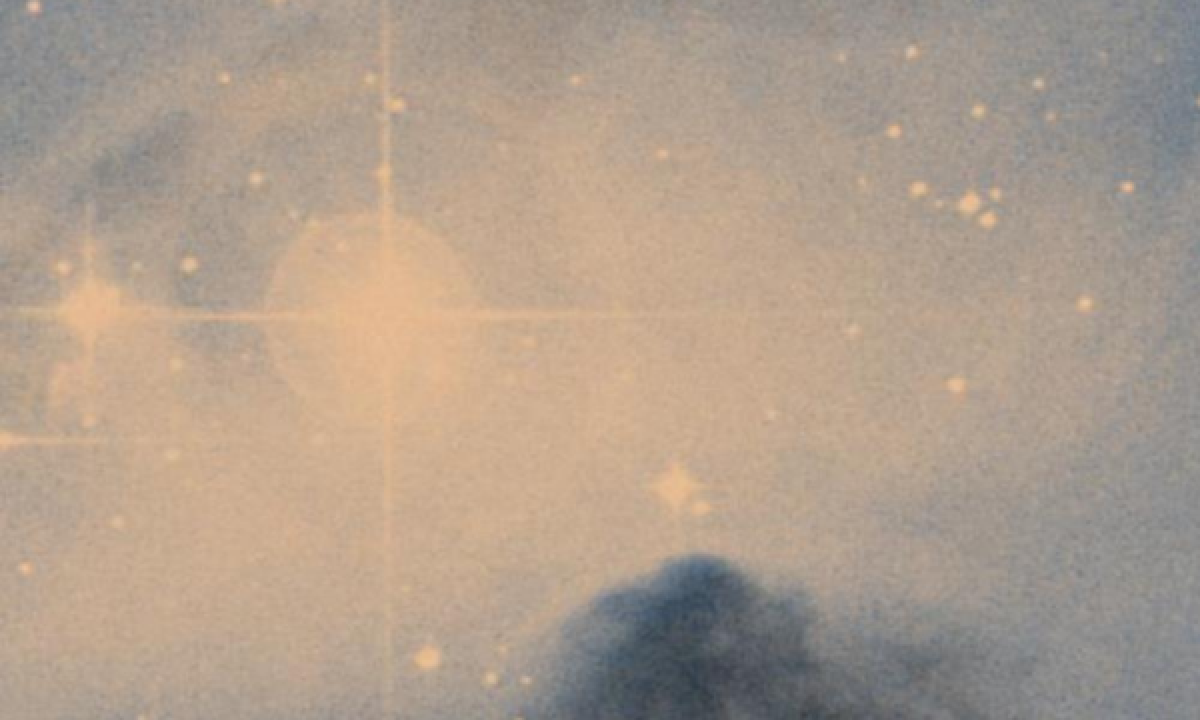The New General Catalogue of Nebulae and Clusters of Stars (abbreviated as NGC) is a catalogue of deep-sky objects compiled by John Louis Emil Dreyer in 1888. The NGC contains 7,840 objects, known as the NGC objects. It is one of the largest comprehensive catalogues, as it includes all types of deep space objects, including galaxies, star clusters, emission nebulae and absorption nebulae.
Know more about NGC
NGC 1977
Warning: Trying to access array offset on value of type null in /home4/poornvys/paac.ppc.ac.in/wp-content/themes/paac-theme/page-new-general-catalogue.php on line 97
">
Sh 2-279 (alternatively designated S279 or Sharpless 279) is an HII region and bright nebulae that includes a reflection nebula located in the constellation Orion. It is the northernmost part of the asterism known as Orion's Sword, lying 0.6° north of the Orion Nebula. The reflection nebula embedded in Sh 2-279 is popularly known as the Running Man Nebula. Sh 2-279 comprises three NGC nebulae, NGC 1973, NGC 1975, and NGC 1977 that are divided by darker nebulous regions. It also includes the open cluster NGC 1981. The brightest nebulosity, later listed as NGC 1977, was discovered by William Herschel in 1786. He catalogued it as "H V 30" and described "!! 42 Orionis and neb[ula]". The two smaller reflection nebulae were first noted by German astronomer Heinrich Louis d'Arrest, NGC 1973 in 1862 and NGC 1975 in 1864. All three were included in the New General Catalogue in 1888. The designation NGC 1977 is used in various sources for the reflection area around 42 Orionis (the south-east portion of the reflection nebula), for the entire reflection nebula (including NGC 1973 and NGC 1975), or for the whole nebula complex. This whole region in Orion's Sword was also later catalogued as Orion 1c. In 1966, van den Bergh distinguished the weak clustering of reflection nebulae that includes Sh 2-279 as Ori R2. Every reflection nebula appearing within the Sharpless catalogue was first identified on blue plates of the Palomar Sky Survey, and then double checked against the red plates to eliminate possible plate faults. Van den Berg found that there was a strong concentration of new T Tauri stars around the Orion Nebula, tapering off into a tail approaching Sh 2-279. The Running Man Nebula is a popular target for amateur astrophotographers, as it lies close to the Orion Nebula and has many nearby guide stars. The outline of the running man shows up primarily in photographs; it is difficult to perceive visually through telescopes, though the reflection nebula itself is visible in small to medium apertures in dark skies.
More Images:

Sources:
Wikipedia Page: NGC 1977
NGC 1977 at In-The-Sky website
